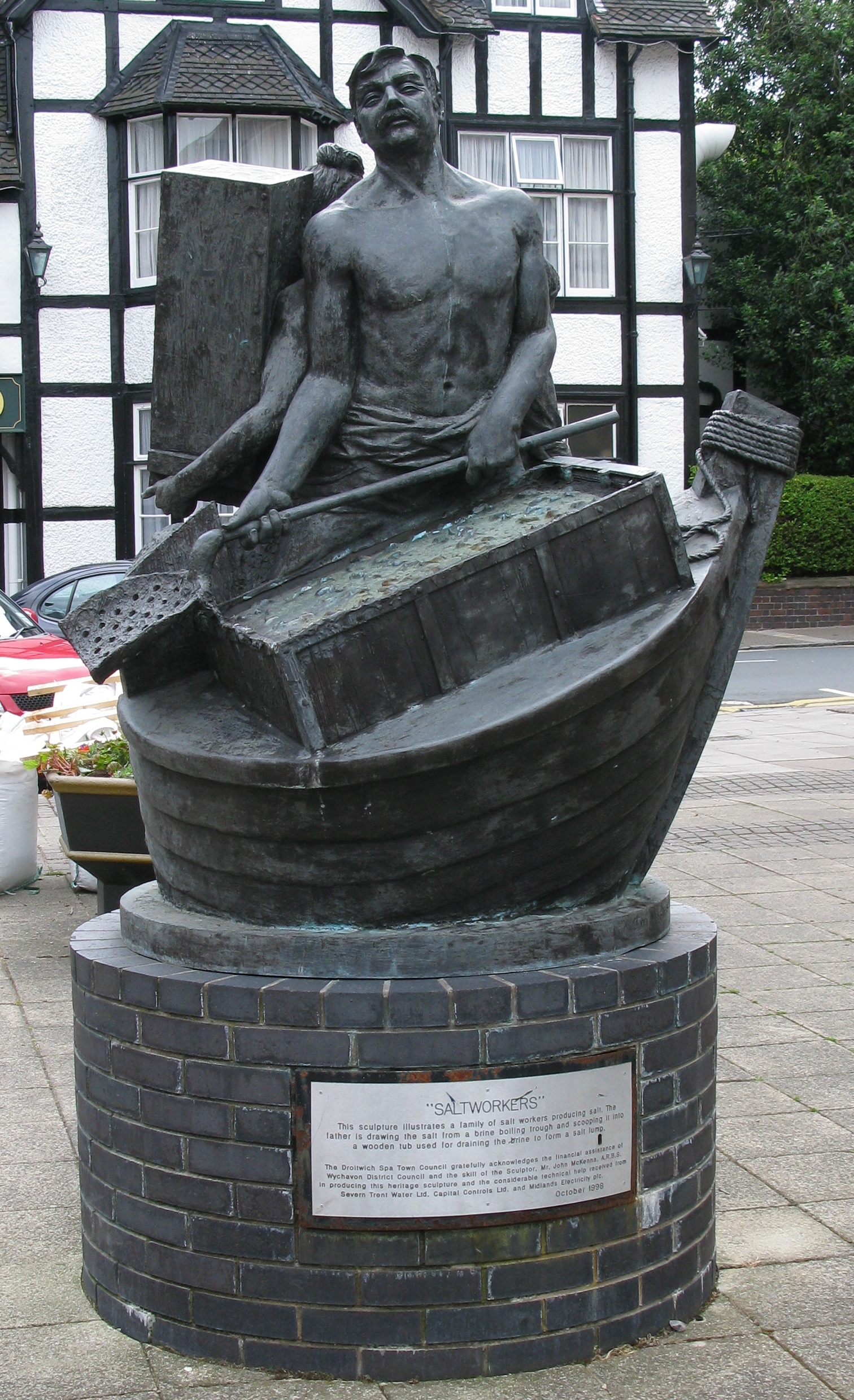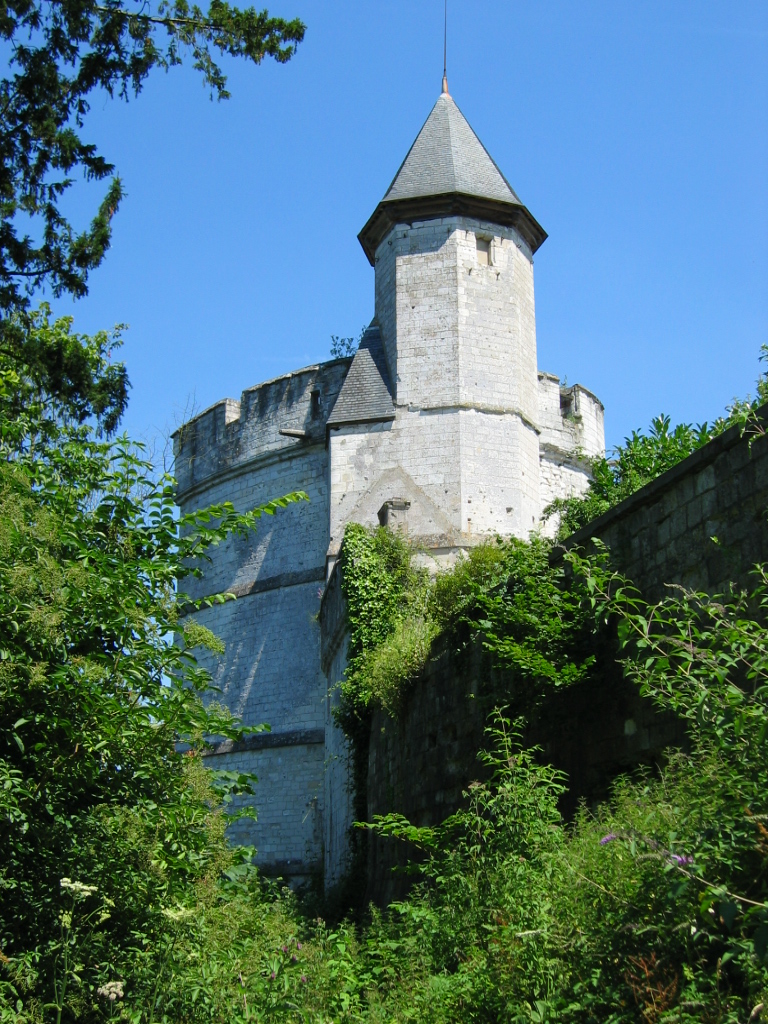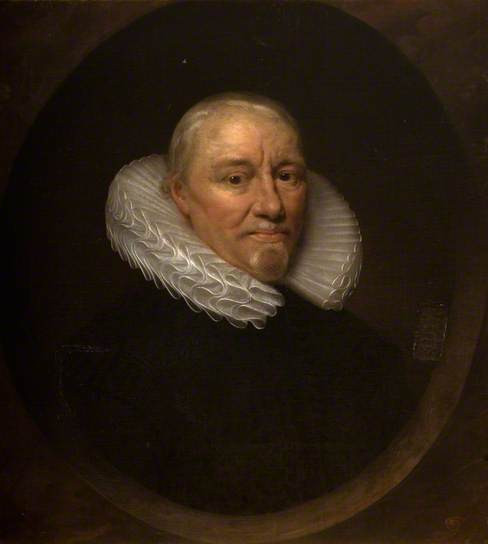|
Salwarpe
Salwarpe is a small village and civil parish in the Wychavon district of Worcestershire, England, less than two miles south west of Droitwich, but in open country. The name is also spelled Salwarp, and in the time of John Leland was recorded as Salop. Since 2003, Salwarpe has shared a parish council with Hindlip and Martin Hussingtree. History A Saxon charter of the year 817 records that Coenwulf, King of Mercia, granted the manor of Salwarpe to Denebeorht, Bishop of Worcester, and his Priory. By the 11th century, the grant had been alienated, and a nobleman named Godwine had possession of the principal manor of Salwarpe, while his brother Leofric, Earl of Mercia, was a lesser landowner there. As Godwine was dying about 1052, Saint Wulfstan, who was Dean of Worcester, persuaded him to give his manor of Salwarpe back to Worcester Priory, but Godwine's son Ethelwine (named in the Domesday Book as being in possession in the time of King Edward) repudiated his father's Will a ... [...More Info...] [...Related Items...] OR: [Wikipedia] [Google] [Baidu] |
River Salwarpe
The River Salwarpe is a long river in Worcestershire, England. It is a left bank tributary of the River Severn, which it joins near Hawford. Course The Salwarpe is formed by the confluence of the Battlefield and Spadesbourne Brooks in Bromsgrove, it then passes Stoke Prior, Upton Warren, Wychbold, Droitwich. Downstream of Droitwich, it passes Salwarpe, and then meets the River Severn, near Hawford. Andrew Yarranton attempted unsuccessfully to make it navigable in the 1660s, but in the 21st century a stretch of the river in Droitwich was canalized to link the Barge and Junction sections of the Droitwich Canal. Tributaries include the Elmbridge, Hadley and Hen brooks. Hydrology The flow of the Salwarpe has been measured in its lower reaches at Harford Hill since 1958. The long-term record shows that the catchment of to the gauging station yielded an average flow of . The highest river level recorded at the station occurred in January 1960 with a height of , giving ... [...More Info...] [...Related Items...] OR: [Wikipedia] [Google] [Baidu] |
Richard De Beauchamp, 13th Earl Of Warwick
Richard Beauchamp, 13th Earl of Warwick (25 or 28 January 138230 April 1439) was an English medieval nobleman and military commander. Early life Beauchamp was born at Salwarpe Court Richard Gough, ''Description of the Beauchamp chapel, adjoining to the church of St. Mary, at Warwick. And the monuments of the earls of Warwick, in the said church and elsewhere'' (Warwick Town, St Mary, 1803)p. 17/ref> in Salwarpe, Worcestershire, the son of Thomas de Beauchamp, 12th Earl of Warwick and Margaret Ferrers, a daughter of William Ferrers, 3rd Baron Ferrers of Groby. His godfather was King Richard II of England. He was knighted at the coronation of King Henry IV, and succeeded as Earl of Warwick in 1401. Welsh rebellion Soon after reaching his majority and taking responsibility for the Earldom, he saw military action in Wales, defending against a Welsh rebellion led by Owain Glyndŵr. On 22 July 1403, the day after the Battle of Shrewsbury, he was made a Knight of the Garter. ... [...More Info...] [...Related Items...] OR: [Wikipedia] [Google] [Baidu] |
Droitwich
Droitwich Spa (often abbreviated to Droitwich ) is an historic spa town in the Wychavon district in northern Worcestershire, England, on the River Salwarpe. It is located approximately south-west of Birmingham and north-east of Worcester. The town was called Salinae in Roman times, then later called Wyche, derived from the Anglo-Saxon Hwicce kingdom, referred to as "Saltwich" according to Anglo-Saxon charters, with the Droit (meaning "right" in French) added when the town was given its charter on 1 August 1215 by King John. The "Spa" was added in the 19th century when John Corbett developed the town's spa facilities. The River Salwarpe running through Droitwich is likely derived from ''sal'' meaning "salt" and ''weorp'' which means "to throw up" - i.e. "the river which throws up salt" - which overflows from the salt brines. The town is situated on massive deposits of salt, and salt has been extracted there since ancient times. The natural Droitwich brine contains of salt; te ... [...More Info...] [...Related Items...] OR: [Wikipedia] [Google] [Baidu] |
Urse D'Abetot
Urse d'Abetot ( - 1108) was a Norman who followed King William I to England, and became Sheriff of Worcestershire and a royal official under him and Kings William II and Henry I. He was a native of Normandy and moved to England shortly after the Norman Conquest of England in 1066, and was appointed sheriff in about 1069. Little is known of his family in Normandy, who were not prominent, but he probably got his name from the village Abetot (today Saint-Jean-d’Abbetot, Abetot about 1050–1066, hamlet of La Cerlangue). Although Urse's lord in Normandy was present at the Battle of Hastings, there is no evidence that Urse took part in the invasion of England in 1066. Urse built the earliest form of Worcester Castle in Worcester, which encroached on the cathedral cemetery there, earning him a curse from the Archbishop of York. Urse helped to put down a rebellion against King William I in 1075, and quarrelled with the Church in his county over the jurisdiction of the sheriffs. He ... [...More Info...] [...Related Items...] OR: [Wikipedia] [Google] [Baidu] |
Martin Hussingtree
Martin Hussingtree is a small village situated between Droitwich Spa and Worcester in the county of Worcestershire Worcestershire ( , ; written abbreviation: Worcs) is a county in the West Midlands of England. The area that is now Worcestershire was absorbed into the unified Kingdom of England in 927, at which time it was constituted as a county (see H ..., England. It is north of another village called Fernhill Heath. It is situated on a junction of the A38 and A4538. A public house called The Swan is located just north of the junction. Its name derives from two separate manors: Meretun (meaning farmstead by the boundary) and Husan Treo (boundary tree of lands belonging to Husa, a personal name). The village is within the area of the Hindlip, Martin Hussingtree and Salwarpe parish council. The churchyard of the Church of St Michael and All Angels contains the grave of Thomas Tomkins, a composer of sacred music in the time of Queen Elizabeth I and King James ... [...More Info...] [...Related Items...] OR: [Wikipedia] [Google] [Baidu] |
Earl Of Warwick
Earl of Warwick is one of the most prestigious titles in the peerages of the United Kingdom. The title has been created four times in English history, and the name refers to Warwick Castle and the town of Warwick. Overview The first creation came in 1088, and the title was held by the Beaumont and later by the Beauchamp families. The 14th earl was created Duke of Warwick in 1445, a title which became extinct on his early death the following year. The best-known earl of this creation was the 16th earl ''jure uxoris'', Richard Neville, who was involved in the deposition of two kings, a fact which later earned him the epithet of "Warwick the Kingmaker". This creation became extinct on the death of the 17th earl in 1499. The title was revived in 1547 for the powerful statesman John Dudley, 1st Viscount Lisle, who was later made Duke of Northumberland. The earldom was passed on during his lifetime to his eldest son, John, but both father and son were attainted in 1554. The ti ... [...More Info...] [...Related Items...] OR: [Wikipedia] [Google] [Baidu] |
Wychavon
Wychavon is a local government district in Worcestershire, England, with a population size of 132,500 according to the 2021 census. Its council is based in the town of Pershore, and the other towns in the district are Droitwich Spa and Evesham. The district extends from the southeast corner of Worcestershire north and west. It borders all the other districts of Worcestershire, as well as the counties of Gloucestershire and Warwickshire. The district was created under the Local Government Act 1972, on 1 April 1974. It was a merger of the boroughs of Droitwich and Evesham along with Evesham Rural District and most of Droitwich Rural District and most of Pershore Rural District. The district's name, which was invented in 1973, contains two elements. "Wych" recalls the Saxon Kingdom of Hwicca, and "Avon" is for the River Avon. Wychavon District Council was a joint 'Council of the Year 2007', along with High Peak Borough Council. It was also featured as the 'Best Council to wo ... [...More Info...] [...Related Items...] OR: [Wikipedia] [Google] [Baidu] |
Hindlip
Hindlip or Hinlip is a village and civil parish north east of Worcester, in the Wychavon district, in the county of Worcestershire, England. In 2011 the parish had a population of 180. The parish touches Tibberton, Martin Hussingtree, Salwarpe, Oddingley, Warndon and North Claines. Features There are 15 listed buildings in Hindlip. Hindlip Hall, a stately home originally built in 1563, rebuilt in 1820 following its destruction by fire is the headquarters of the West Mercia Police. St James's Church is a 15th-century parish church which is no longer supported by the Church of England (since 1997), but is now the church for the constabulary.Genealogy and Heraldry accessed 7 July 2008 History The name "Hindlip" means 'Hind leap'. Hindlip was recorded in the |
Albion (history Journal)
''Albion: A Quarterly Journal Concerned with British Studies'' was a peer-reviewed history journal publishing articles on aspects of British history of any period. It was published quarterly at Appalachian State University for the North American Conference on British Studies (NACBS) from 1969 until 2004, at which point it was merged into an expanded version of the NACBS's other journal, the ''Journal of British Studies'', starting with volume 44 of the latter. See also * Historiography of the United Kingdom * Social history Social history, often called the new social history, is a field of history that looks at the lived experience of the past. In its "golden age" it was a major growth field in the 1960s and 1970s among scholars, and still is well represented in his ... References * * External links * Defunct journals of the United States British history journals Publications established in 1969 Publications disestablished in 2004 {{hist-mag-stub ... [...More Info...] [...Related Items...] OR: [Wikipedia] [Google] [Baidu] |
English Country House
An English country house is a large house or mansion in the English countryside. Such houses were often owned by individuals who also owned a town house. This allowed them to spend time in the country and in the city—hence, for these people, the term distinguished between town and country. However, the term also encompasses houses that were, and often still are, the full-time residence for the landed gentry who ruled rural Britain until the Reform Act 1832. Frequently, the formal business of the counties was transacted in these country houses, having functional antecedents in manor houses. With large numbers of indoor and outdoor staff, country houses were important as places of employment for many rural communities. In turn, until the agricultural depressions of the 1870s, the estates, of which country houses were the hub, provided their owners with incomes. However, the late 19th and early 20th centuries were the swansong of the traditional English country house lifest ... [...More Info...] [...Related Items...] OR: [Wikipedia] [Google] [Baidu] |
Church Of England
The Church of England (C of E) is the established Christian church in England and the mother church of the international Anglican Communion. It traces its history to the Christian church recorded as existing in the Roman province of Britain by the 3rd century and to the 6th-century Gregorian mission to Kent led by Augustine of Canterbury. The English church renounced papal authority in 1534 when Henry VIII of England, Henry VIII failed to secure a papal annulment of his marriage to Catherine of Aragon. The English Reformation accelerated under Edward VI of England, Edward VI's regents, before a brief Second Statute of Repeal, restoration of papal authority under Mary I of England, Queen Mary I and Philip II of Spain, King Philip. The Act of Supremacy 1558 renewed the breach, and the Elizabethan Settlement charted a course enabling the English church to describe itself as both English Reformation, Reformed and Catholicity, Catholic. In the earlier phase of the Eng ... [...More Info...] [...Related Items...] OR: [Wikipedia] [Google] [Baidu] |
John Talbot Of Grafton
Sir John Talbot of Grafton, Worcestershire (1545 – 28 January 1611) was a prominent recusant English Catholic layman of the reigns of Elizabeth I of England and James I of England. He was connected by marriage to one of the Gunpowder Plot conspirators, and by acquaintance or family ties to other important Catholic figures. He fell often under suspicion from the English government. Life The descendant of an influential landowning family (his grandfather John Talbot (died 1549) was lord of the manor of Albrighton, Shropshire, residing at Pepperhill in Shropshire and Grafton), John Talbot became a member of Lincoln's Inn, 10 February 1555–6. He was member of Parliament for Droitwich in 1572. It was when passing through Smithfield, London, in July 1580, with Mr. and Mrs. Talbot, that Robert Johnson, the Catholic martyr, was recognized by Sledd, the informer. Robert Persons calls Robert Johnson "Mr. Talbot's priest", though, as it appears, he was, rather, Lady Petre's. Talbot was ... [...More Info...] [...Related Items...] OR: [Wikipedia] [Google] [Baidu] |




.jpg)
.jpg)

